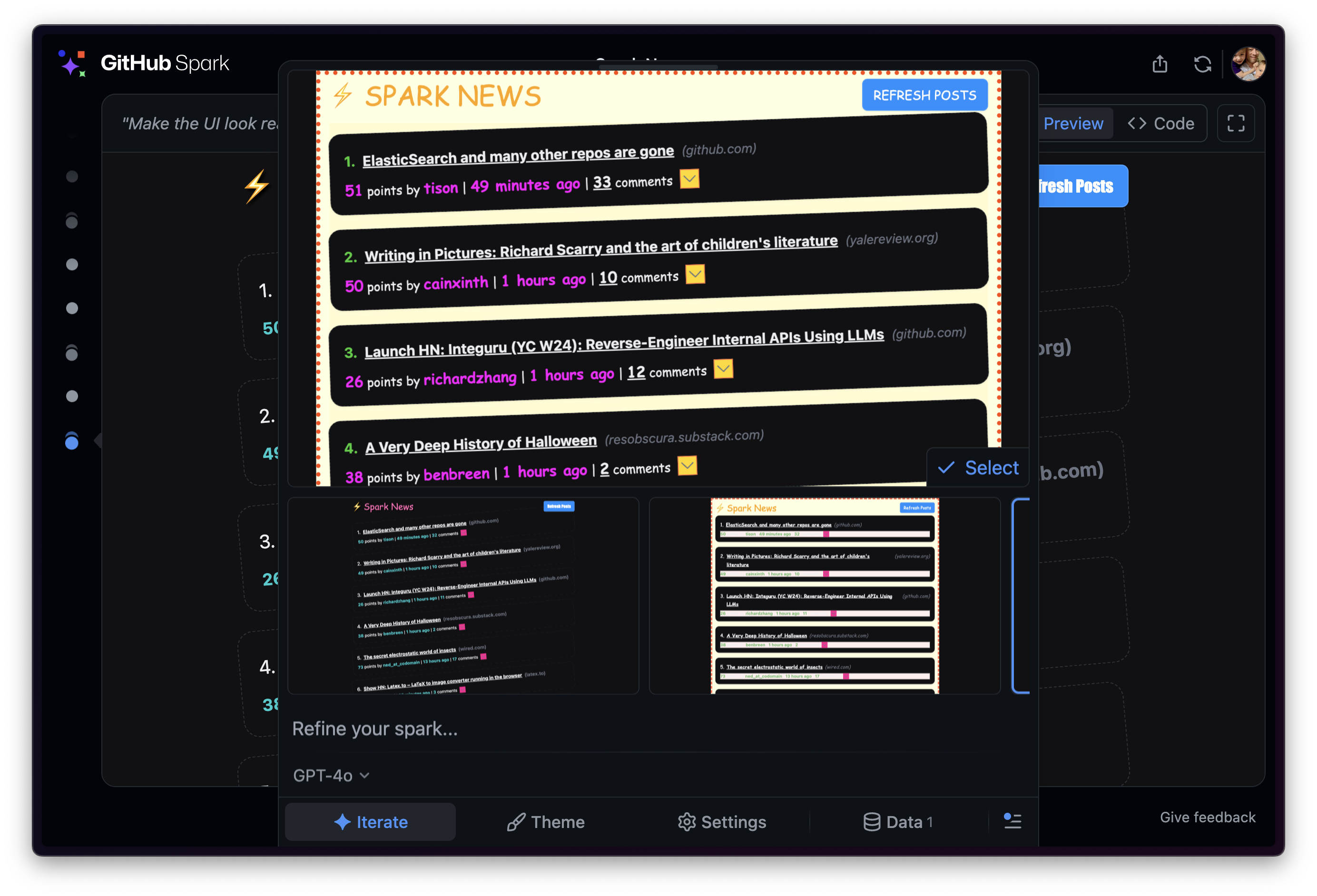Microsoft GitHub Spark: AI-Powered No-Code Micro-App Builder for Instant Web Apps

Microsoft Rolls Out GitHub Spark: Instant Micro-App Creation Without Writing Code
The Arrival of Effortless Application Development
GitHub Spark marks a significant new direction in how everyday users, entrepreneurs, and professionals can create tailored software. Introduced by Microsoft, this innovative platform allows anyone to generate, fine-tune, and publish “sparks”—compact, functional web applications—without ever writing a single line of code. By leveraging a combination of robust large language models, Spark is purpose-built for those with ideas but limited technical skills, making it possible to transform abstract needs into operational web-based tools, utilities, and workflows in minutes.
At its core lies a natural language-powered editor that interprets user intentions. This editor strips away the friction traditionally associated with software creation; ideation and iteration occur in clear, conversational language rather than in a programming environment. Users describe what they want their micro-app to do, iteratively improve it, and are able to see changes take effect in real time. There’s no requirement to download additional software or set up hosting, making the entire process accessible directly from a web browser or mobile device.
The launch of this utility arrives at a critical juncture. As adoption of artificial intelligence in software accelerates, more industries and creators seek a path from concept to usable solution that doesn’t require learning to code. The impact of Spark could mirror or even surpass that of prior low-code and no-code solutions by deeply embedding intelligent generation and instant deployment into the workflow from the very first step.
The Engine Powering the Experience
While Spark does not rely on cutting-edge or experimental AI, its engine is built on a trio of reliable and highly capable machine learning models. The selection includes renowned systems recognized for their stability and broad reasoning capabilities. By combining their strengths, Spark ensures consistency, well-structured outputs, and adaptability without venturing into untested territory.
This combination lets users create multiple candidate solutions before settling on the one that best fits the challenge at hand. The platform’s interface allows real-time previewing inside the browser, letting users experience their applications before committing. Once satisfied, deployment is instant—there’s no waiting for external reviews or dealing with configuration headaches. The design accommodates adjustments at any stage: a prompt, revision, or fresh idea can immediately become a functioning app or feature with minimal delay.
The managed runtime environment is a crucial component of Spark’s offering. This environment handles storage, permissions, and execution, relieving users of server management and maintenance tasks. By focusing on application intent and skipping over infrastructure complexity, Spark puts personal and business productivity at the forefront.
Expanding the Reach of Custom Software Creation
The implications for accessibility are profound. By making sophisticated app generation available to those with no programming background, Spark opens digital creativity and process automation to a worldwide audience. This includes small business owners, teachers, hobbyists, and anyone who might historically rely on off-the-shelf tools or expensive custom development. In tandem, technical users benefit from the platform’s prototyping power, turning initial sketches into usable software that can be easily shared or refined.
Another pivotal aspect is built-in collaboration. Applications can be published privately or made available organization-wide. Colleagues and collaborators can copy, remix, and adapt each spark to suit evolving needs, with permission controls dictating read or read-write access. All of this occurs within an environment designed for trust and flexibility, streamlining teamwork and organization-wide digital transformation.
This major shift in app creation is testimony to where the software industry is heading: removing the obstacles to entry and magnifying human creative potential through intuitive AI tools. The potential market is enormous, especially considering the scale reached by established players in the no-code AI space.
Market Context and Forward-Looking Opportunities
The timing of this launch highlights Microsoft’s strategic response to massive uptake in the no-code development space. Recent market trajectories show millions of users embracing AI-driven application builders as essential business and personal tools. The success of leading platforms demonstrates the size of the opportunity—echoing remarkable subscriber numbers and generating significant, recurring revenues from fast-growing user bases in less than a year.
By prioritizing speed, flexibility, and accessibility, Spark caters to the rapid prototyping use case, as well as to users discovering and building their first customized tech solutions. These use cases, once limited to developers and IT specialists, are now open to anyone willing to describe their problem or goal in plain language.
The phased rollout of Spark is designed to accommodate broad interest while safeguarding platform stability and user experience. As more users gain access, expect ongoing refinements and expanded capabilities, with a keen focus on balancing ease of use with power and security. The underlying integration with proven language intelligence keeps the system dependable, while ensuring generated applications can keep up with complex, emerging demands in business and personal productivity.
Conclusion: A Paradigm Shift in Personal and Business Digital Solutions
The introduction of Spark represents a decisive moment in the democratization of software creation. Its compatibility with both newcomers and seasoned professionals, combined with instant deployment, integrated collaboration, and managed security, positions it as a foundational tool for digital problem-solving in the modern world. As the boundaries of what can be built without code continue to expand, Spark is set to become a go-to resource for anyone looking to translate ideas into interactive, shareable, and useful software, whatever their technical background may be.
